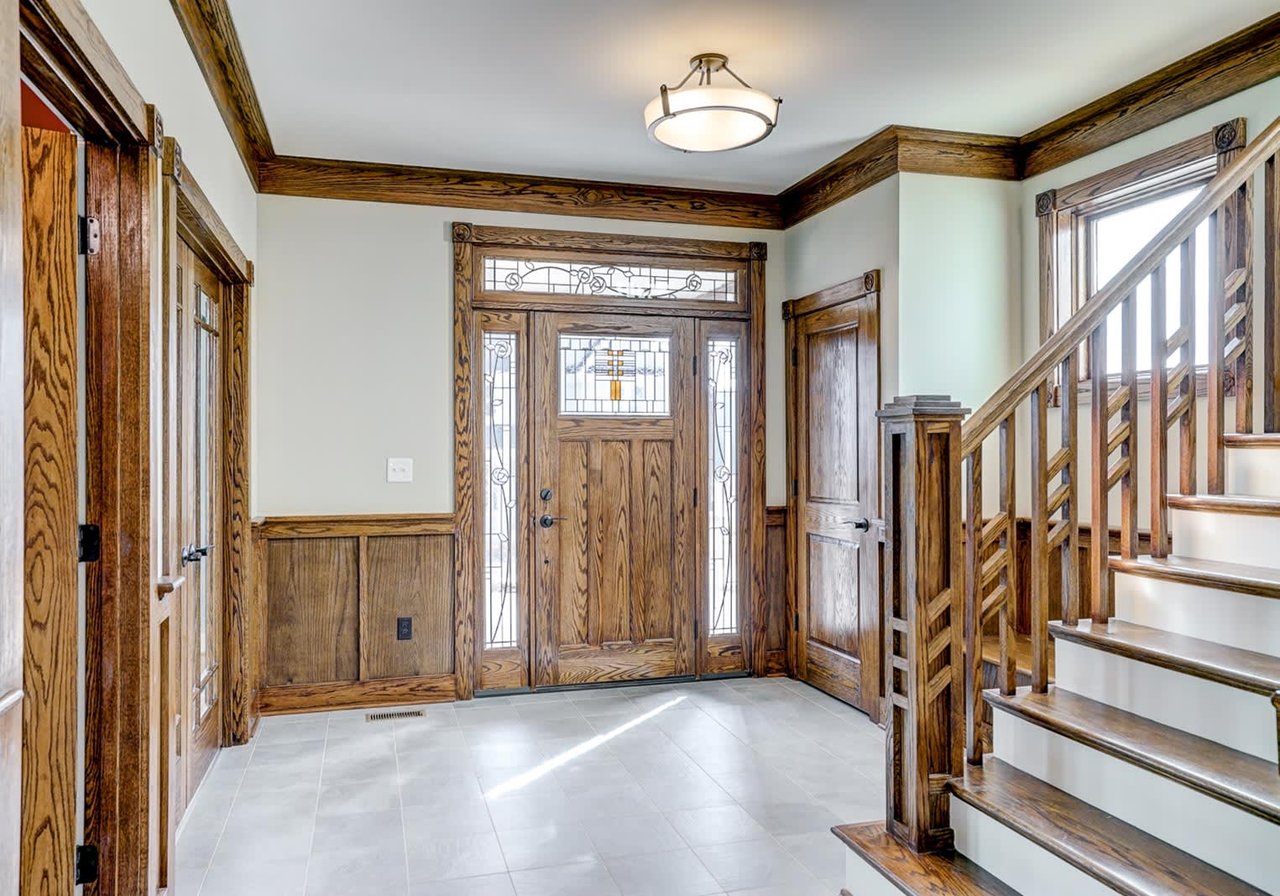Are you contemplating buying your home in the Charlottesville Area and Central Virginia? Denise Ramey, Real Estate Agent can help.
Buying a home can be stressful for most people. However, with a little planning ahead of time, it’s not that complicated. So you know exactly what to expect, I like to supply my buyers with a road map of the whole deal. Here are my nine steps to buying a home.
Step 1 – Prepare to buy a home
There are several things you should consider before you start looking for a home. When you begin your search, you’ll want to make a list of items you want, get a feeling for what school districts you want to live in, and begin planning your budget. A good rule of thumb to follow is that your mortgage payment should be no more than a third of your net monthly income.
Step 2 – Communicate with a Real Estate Agentt in the Charlottesville Area and Central Virginia
That’s where I can help. We can plan a time to get together so we can talk about why you want to buy a home and get an idea of your plans for the future. We’ll discuss everything from neighborhoods, schools in the Charlottesville Area and Central Virginia, the mortgage and housing industries, to any other economic factors that could affect your purchase today or in the future.
In addition, I’ll help you get started on your loan. There are some very good mortgage professionals in the Charlottesville Area and Central Virginia, and I work with a lot of them, so you’ll be in great hands. They can assist you in deciding which type of loan is best for you and help you get approved.
Step 3 – Start house hunting
After our initial meeting, I’ll begin finding available homes on the market that are a great fit for you. I’ll research most of the houses and exclude the bad ones, and then we’ll set up appointments to view the homes when it’s most convenient for you.
As we view the houses, I’ll identify good features, as well as bad ones. I’ll even ask you what things you like and don’t like. It’s pretty common for buyers to amend their list of must-haves as we tour homes and some features become far more necessary than others. If that’s the case, I’ll look through all the listings once again and narrow it down to the home you’ve been wishing for.
Step 4 – Know the market
My awareness of the Charlottesville Area and Central Virginia housing market is a crucial benefit in your house search. I’m acquainted with all the neighborhoods and schools, and I’ll alert you to which districts are “hot” and call for prompt action and others that are “cool” and allow for more examination.
When we view homes, I’ll make sure to communicate when the seller’s list price has room for negotiation and also when I know the home is “priced to sell.” Any Real Estate Agent in the Charlottesville Area and Central Virginia will convince you they truly know the housing market, but take notice, and make sure you ask a lot of questions. If it appears they don’t know everything, just call me at 434-960-4333 or e-mail me at [email protected], and I’d be more than happy to answer any questions you may have. My market knowledge will keep you a step above the rest throughout the entire deal.
Step 5 – Find your dream home
I’m certain we’ll find your dream house in the Charlottesville Area and Central Virginia, and when we do, I’ll meticulously develop your real estate purchase offer. The offer will be written to suit your needs. Whenever necessary, I never forget to make contracts contingent upon items like acquiring financing and the results of the home inspection.
When turning in your offer, you’ll need to submit “earnest money.” This is a cash deposit given to a home seller to secure the offer to purchase the property, and it’s typically applied to the cost of closing. If your offer is accepted by the seller, we should close on the home about 30 to 60 days after. This allows plenty of time for your mortgage financing.
Step 6 – Negotiate
Unfortunately most contracts aren’t closed on the initial offer, and it’s pretty common to receive a counter offer. Don’t let this intimidate you. We’ll talk over whether or not to take the counter offer, present our own counter offer, or reject the seller’s offer and move on.
Market conditions will play a large role in how aggressively we negotiate the deal. We’ll also work within your financing constraints. And when it’s all said and done, we’ll assemble a contract that is best for you.
Step 7 – Get a loan
Once the contract is finished, you’ll start working with your lender to close the loan. If you’ve been pre-approved, this shouldn’t take very long at all, but you’ll need to keep in close contact with your lender. And I’ll handle all the property information your mortgage lender needs to close the loan.
Step 8 – Close the deal
You’ll get a Good Faith Estimate (GFE) outlining closing costs from your mortgage lender within three days of accepting your application. This estimate is based on the loan amount. RESPA requirements mandate that it has to involve all closing costs and be within a narrow range of accuracy, and I’ll go over the estimate and let you know if it all looks permissible.
Then we’ll close on your home. This will probably occur at a title company or escrow office and should be a smooth and comfortable affair.
Step 9 – Move in
Success! It’s time to move into your new home. Enjoy it. And if you need anything or have any questions, simply contact me at 434-960-4333 or send me an e-mail.



